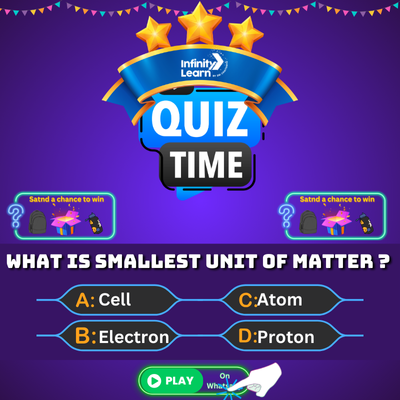What is Yellow Fever? Yellow Fever – Definition: Yellow fever is a viral hemorrhagic fever caused by the yellow fever […]
Biology
Epithelial Tissue
Epithelial tissues Epithelial Tissue – Types and Introduction: Epithelial tissues are one of the four basic types of animal tissues, […]
Biological Classification – Basis of Classification of organisms
What is Biological Classification? Biological Classification is the systematic grouping of organisms into hierarchical categories based on their common physical […]
4 Traditional Methods of Irrigation – Overview and FAQ
An Introduction Java is a versatile and powerful programming language that enables developers to create robust, high-performance applications. Java is […]
Why do We Respire?
Why do We Respire? We respire in order to release energy from the food we eat. The energy is used […]
Difference Between Man and Ape
Difference between Ape and Man : The main difference between apes and man is that apes are covered in fur, […]
Difference Between Self and Cross Pollination
Understanding the self pollination and cross pollination difference is crucial for learning the intricacies of how plants reproduce. While both […]
Gait of Animals – Earthworm, Snail, Cockroach, Birds, Etc
Gait of animals Gait is the pattern of movement of an animal. It is determined by the animal’s skeletal structure […]
Retrovirus
What is A Retrovirus? A retrovirus is a virus that contains ribonucleic acid (RNA) as its genetic material. The virus […]
Autosomal Dominant Inheritance – Meaning, Pedigree Chart and FAQs
Autosomal Dominant Meaning An autosomal dominant trait is a genetic trait that is expressed when only one copy of the […]


